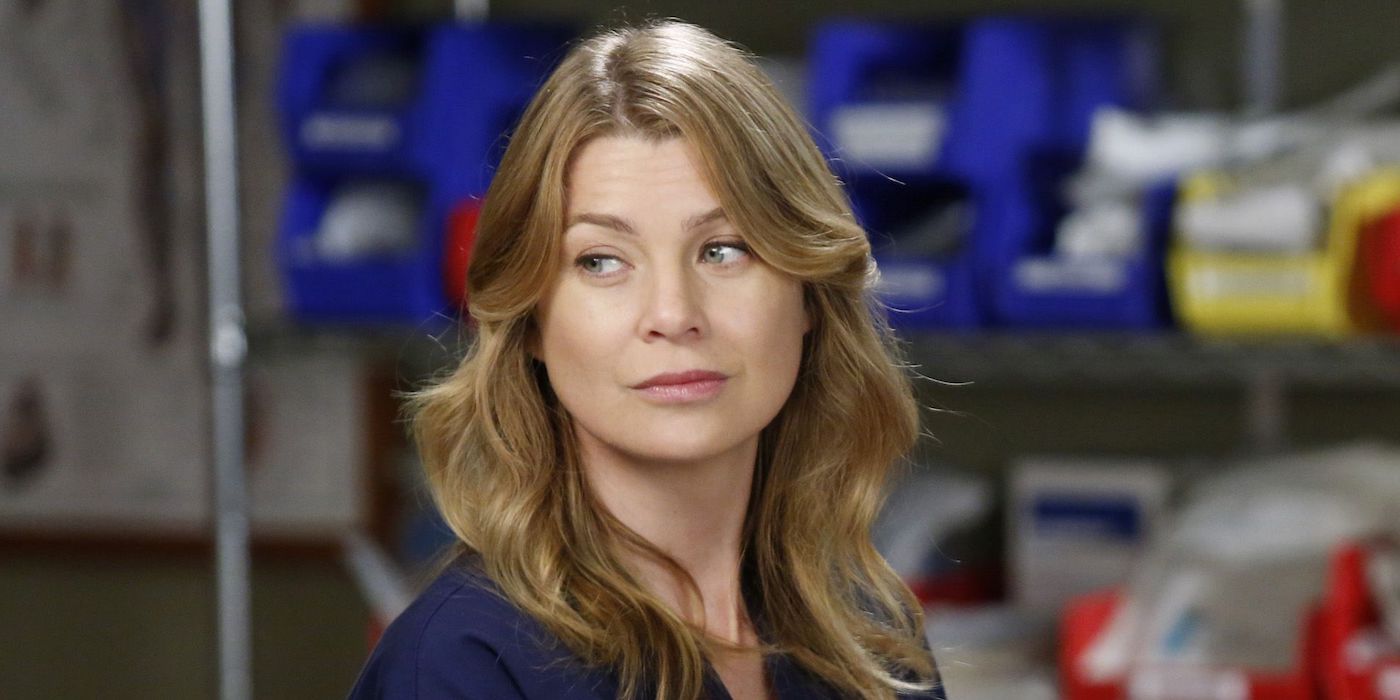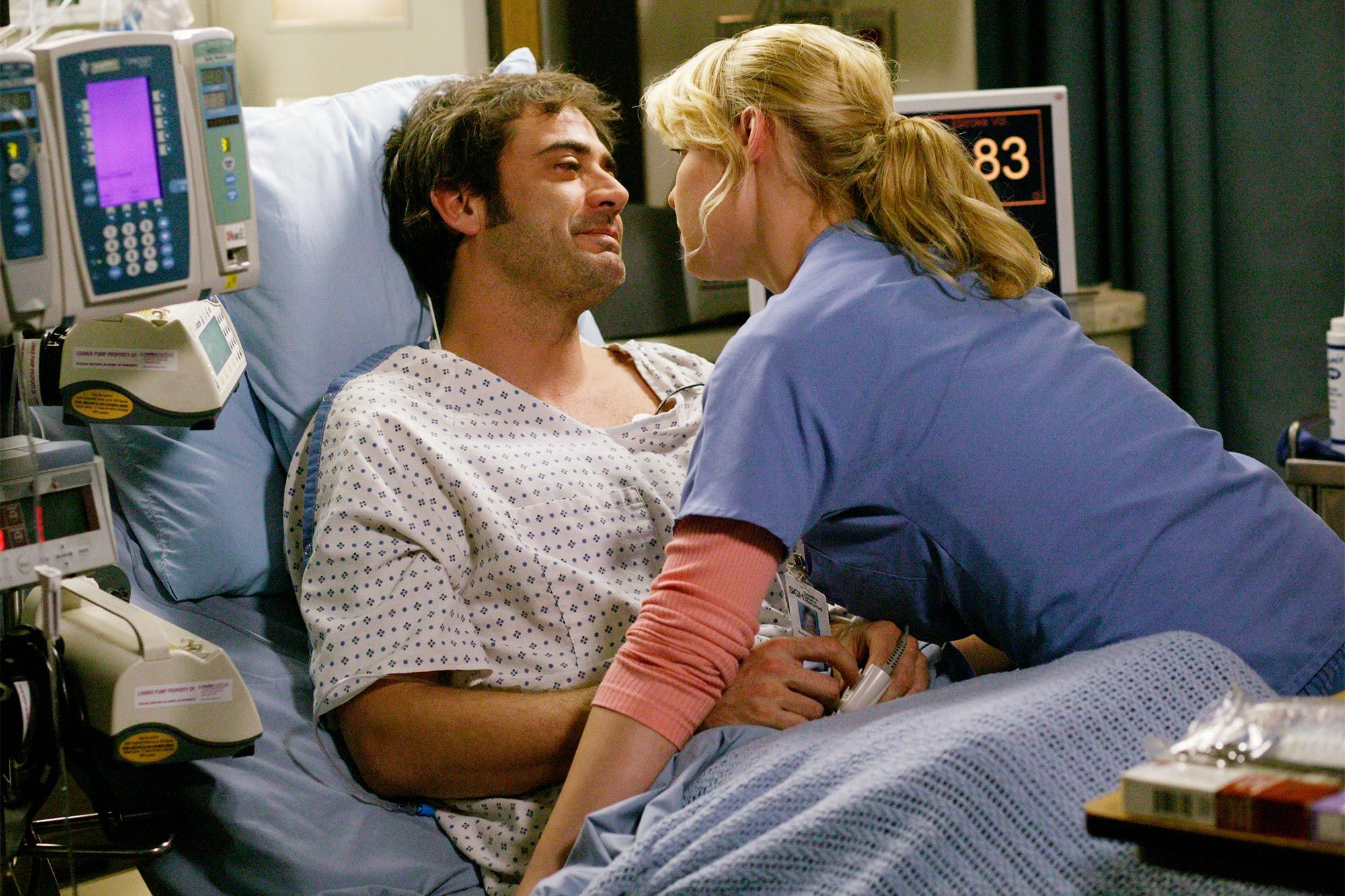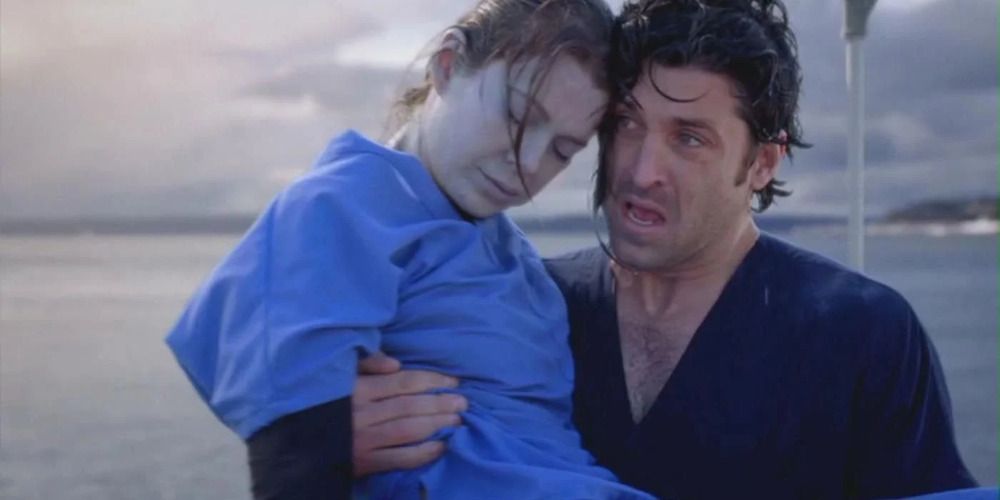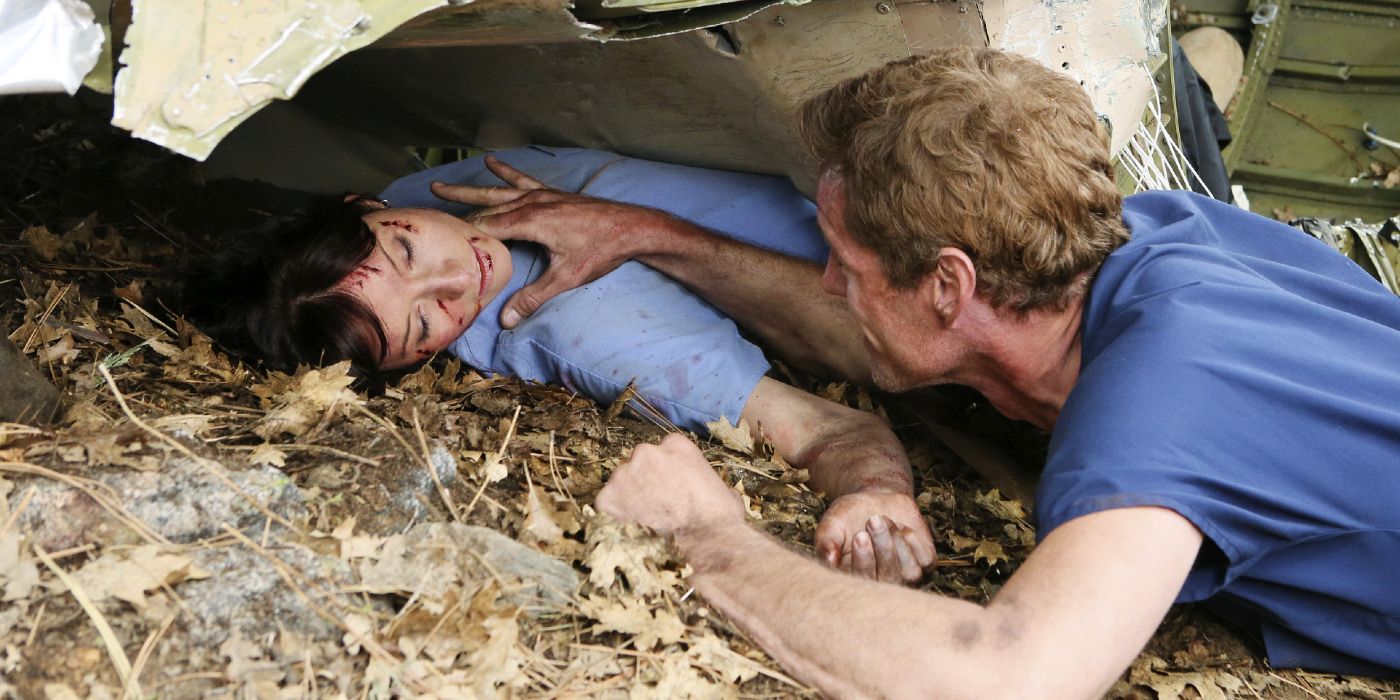When I was growing up, watching Grey’s Anatomy on Thursday nights meant you were the epitome of mature, cool, and grownup. (Well, at least for girls and gays. I don’t know what the equivalent would be for straight boys. Entourage?) I have very few elementary school lunchroom memories that don’t involve girls talking about the episode of Grey’s they watched last night with their mom and describing all the medical marvels in graphic detail, to the point where we were sometimes forbidden from discussing it at all.
My mother was a bit stricter when it came to primetime viewing in our house. Very often switching between Grey’s Anatomy and CSI on Thursdays, she rarely allowed me to watch either unless the episodes in question happened to be particularly tame in their subject matter. But that, of course, didn’t stop me from pretending like I knew everything that Jessica W. was telling everyone happened at the lunch table the following day. Needless to say, this phenomenon of being drawn to primetime network dramas that my mom vigorously consumed during my childhood and often being discouraged from joining in led me to seek them out on my own when I was old enough.
During the spring of seventh grade, I spent every free moment bingeing Grey’s Anatomy from the beginning on often scratched discs that I rented from our local library. I didn’t truly comprehend half of the intensely adult drama that was taking place, but that didn’t matter. In a world and a youth where I felt I was having less and less control over how others perceived me, consuming “grownup” shows like Grey’s Anatomy gave me, perhaps for the first time, a sense of who I was and who I wanted to be: someone who lived and breathed pop culture as if his life depended on it, as it often has.
I ultimately only made it through Season 6 of the series that first time around, mostly because I had to buy my own copies of the DVDs—which was expensive on a gift-card budget—and the fact that my two favorite characters, George O’Malley (T.R. Knight) and Izzie Stevens (Katherine Heigl), were gone. Thus, I returned to following the series through glimpses of the weekly episodes my mom still watched. Even after the series went in increasingly polarizing directions and endured multiple cast changes, I could never find the right moment to jump back on the Grey’s train. Not to mention the fact that, by that time, jumping back on felt like an incredible time commitment. (Lest we forget that Grey’s Anatomy will enter its 19th season later this year.)
Then, at the tail end of a nearly two-year period where the length of an existing series was no longer a great concern, I read Lynette Rice’s book How to Save a Life: The Inside Story of Grey’s Anatomy because I love messy tell-alls, and my inner fan was revived. My life had become what felt like nothing but watching one series after another while working from home and having virtually no outside life. Plus, I had just gone on anti-anxiety medication for the first time after living 18 months in crisis mode and now dealing with unexpected bouts of unprocessed PTSD from it all. It was also November and it was sweater weather. What better time to start a Grey’s Anatomy rewatch?
What followed would become probably the most cathartic experience I’ve had consuming anything. Whether it was the main characters’ ability to get up every day and keep going in a career that demands everything in you to keep competing or the series’ signature brand of disasters that happen so frequently they make your head spin, watching Grey’s Anatomy as an adult rather than a 13-year-old who pretended he knew how the world works was a profoundly transformative experience. And yet, it took me longer than I realized to learn that the series was helping me process all the grief that I’d procured from the pandemic and never fully processed.
Suddenly, it was helping me simultaneously name, face, and release so many negative emotions and demons I’d convinced myself I’d be trapped inside my house with forever. I’d experienced a sensation of panic leaving my body during the famous bomb-in-a-man episode in Season 2 where Anna Nalick’s “Breathe (2 AM)” plays over the course of unimaginable circumstances. But it culminated in the Season 3 episode where Meredith (Ellen Pompeo) is knocked into freezing water at the site of a massive ferry crash and, having been bitterly confronted by her lucid mother (Kate Burton) and the human personification of her depression, she abruptly has no fight left in her and begins to let herself drown. Whatever the personal link that incident was for me—there are countless, I’m sure—I soon found tears pouring down my face onto the couch pillow that didn’t let up until the end credits rolled. “Grief may be a thing we all have in common, but it looks different on everyone,” once said Lexie Grey (Chyler Leigh).
The way that Grey’s Anatomy handles grief is something that often takes a backseat in its legacy as the longest-running medical drama in television history. Sure, it gave House a run for his money for a while when it came to strange medical occurrences, and it dominated the frontlines of pop culture during its first five seasons as the place for attention-grabbing, high-stakes primetime drama. But where the series’ biggest strength lies is not in its characters, storylines, or ability to stay on the air well past its heyday.
It’s the way Grey’s subtly addresses the sometimes small but significant instances where life gets the best of us, especially for world-class surgeons, but we have to keep going regardless. “The carousel never stops turning,” Ellis Grey tells Meredith. “You can’t get off.” Life’s like an hourglass glued to the table, as Nalick puts it, and the best way to come to terms with those feelings is to feel them. Yes, it won’t always be painless. But there’s no way to go forward without first moving past. Meredith, herself, couldn't have worded it better in Season 5, Episode 3: “Bones break. Organs burst. Flesh tears. We can sew the flesh, repair the damage, ease the pain. But when life breaks down—when we break down—there’s no science, no hard and fast rules. We just have to feel our way through, and to a surgeon, there’s nothing worse, and there’s nothing better.”




